This article was co-authored by wikiHow Staff. Our trained team of editors and researchers validate articles for accuracy and comprehensiveness. wikiHow's Content Management Team carefully monitors the work from our editorial staff to ensure that each article is backed by trusted research and meets our high quality standards.
wikiHow marks an article as reader-approved once it receives enough positive feedback. In this case, 92% of readers who voted found the article helpful, earning it our reader-approved status.
This article has been viewed 135,028 times.
Learn more...
Corporate minutes are often required by law. Many states require corporations and other business entities to keep minutes of their shareholder or director meetings. Corporate minutes may also be key in certain lawsuits, especially where directors are sued for their business decisions. To properly write minutes, you need to take detailed notes during the meeting. Then, you should sit down as soon as possible to draft the minutes. Before the minutes become final, the Board of Directors will probably need to approve them.
Steps
Taking Notes During the Meeting
-
1Note details about the meeting. Before heading into the meeting, you can write down required details about the meeting, which you must include in your typed minutes. Note the following:
- full name of your company
- date and time of the meeting
- location of the meeting
-
2Write down who attends. You’ll need a full list of people who are attending the meeting. Also write down those members who are absent.[1] Include any guests or consultants who have been invited.[2]
- Note any late arrivals or the time when someone leaves the meeting early.[3]
- Also write down who is conducting the meeting and whether a quorum was present.
Advertisement -
3Record the meeting’s purpose. There are many reasons why you will have a meeting. Some of the more common reasons are the following:[4]
- annual meeting for directors and shareholders
- meeting to determine employee hiring
- meeting to discuss compensation
- announcement of new officers
- issue stock
- discussion of financial activity, such as a new bank or line of credit
-
4Note whether prior minutes were accepted. Generally, the first item on the agenda will be to accept the minutes from the prior meeting. You should have distributed them to everyone in advance. Write down the vote.
- If someone objects to the minutes, discussion may ensue. If you need to make revisions, then note what you must change.
-
5Take notes of discussion on agenda items. Corporate minutes should also contain a summary of the discussion on each agenda item. You must choose your words carefully as you write down what people say. You want to be accurate, so listen carefully.
- Avoid trying to take down a word-for-word transcription. For example, someone might argue for five minutes that a proposed policy is wrong for the business. It’s enough to note that they disagreed with the policy and to briefly identify the reason.
- Note what documents the attendees are looking at. Write down the name of the document and its date. You should also have a copy of the document to attach to the minutes.
-
6Record the vote on items. If the meeting involves voting on agenda items, then the minutes must reflect the vote. Also note abstentions (people who decline to vote).[5]
- Generally, most resolutions will be adopted unanimously. However, you should note the names of any dissenters.[6]
- For example, you can write: “Resolution adopted. Dissent: Jones. Abstention: Mathers, Johnson.”
-
7Record the adjournment. Write down the time the person running the meeting adjourned it. If members discussed when the next meeting would be held, then note that information as well.
- For example, you can write, “The next meeting was scheduled for July 1, 2016, time and place to be determined. The meeting adjourned at 6:16 pm.”
Typing Up Your Minutes
-
1Type the minutes as soon as possible. You might have taken handwritten notes while sitting in the meeting. Even if you typed your notes, you might have caught only fragment sentences. As soon as possible, sit down and type up more complete minutes.
- Remember to use standard grammar and complete sentences. For example, “Mr. Smith objected to the new line of credit” is acceptable. “Smith no on credit” isn’t.
- There are corporate meeting templates available online. You might want to look at them if you need help figuring out how to organize your minutes.
-
2Identify when the meeting was held. At the top of your page, include the where, when, and who attended or was absent. Also note any guests and who wrote down the minutes for the meeting.
- For example, you can write: “Minutes of a regular meeting of the board of Directors of ABC Company, held January 22, 2017 at 1245 Corporate Avenue. The following directors were present: Abrams, Jones, Smith, Calvert, Bono. The following directors were absent: Clinton. The following guests were present: Michael Matthews, CPA. Minutes recorded by J. Allen.”
-
3Note when the meeting was called to order. State who called the meeting to order and acknowledged the existence of a quorum. Also state the time.
- For example, “Chair Abrams called the meeting to order at 6:15 pm and noted the presence of a quorum. He introduced the guests in attendance.”
-
4State whether prior minutes were adopted. For example, you can write: “On motion made, seconded, and carried, the Board approved the previously distributed minutes dated [insert date].”
-
5Note any reports or presentations given. Some reports are given at every meeting. However, you may also have had a special presentation related to an agenda item. Identify the following:[7]
- Who gave the presentation or report. Also identify their title. Some presentations are given by guests, and the minutes should fully reflect their identity.
- What the presentation or report was about.
- Whether the presenter responded to questions asked.
- If a report was offered for adoption by the board, note whether there was discussion and if it was adopted. For example, “After a brief discussion of the issues, a motion was made to accept the financial report, which was seconded and passed.”
-
6Summarize the discussion of agenda items. The board might have decided to adopt a resolution or take action on some other agenda item. You should summarize the discussion of the members. Also note the vote on each item.
- Use simple language. Avoid unnecessary words and adjectives, which clutter the minutes.[8] For example, “Mr. Smith disagreed with Ms. Jones” is preferable to “Mr. Smith strenuously disagreed with Ms. Jones.”
- Properly identify documents the attendees review. For example, “The Board approved the proposed additions to the conflict of interest policy” is unclear. Instead, identify the document: “The Board unanimously approved the ‘Addition to Conflict Reporting’ proposal dated June 1, 2016, a copy of which was distributed before the meeting.”
-
7Provide fuller notes on important agenda items. Some corporate agenda items are more important than others. They are important because future lawsuits might arise out of the board’s decision. Lawyers and judges will treat your minutes as an accurate portrayal of how the board acted. To protect the board, you should provide more detail.
- Mergers and acquisitions, stock buybacks, and other significant decisions will require more detail.[9] Directors can be sued for improperly exercising their business judgment.
- Board members often must consult with experts or review reports/studies before making a decision in these areas. Your minutes should reflect that an expert presentation was made or that you distributed studies or reports to board members ahead of the meeting.
- You should also note that sufficient time was given to discussion and that the board acted in a business-like manner.
- Note whether the board discussed alternatives to the proposed course of action. Summarize why the board rejected or adopted the alternative course of action.
-
8Add remaining information. Note the following, where applicable, in the chronological order in which they occurred at the meeting:
- Announcements. The Chair or other members might have made announcements about upcoming meetings or other issues.
- Executive session. State whether the board went into executive session after staff and guests left.
- Adjournment. For example, you can write, “There being no additional business, the meeting was adjourned at 7:55 pm.”
-
9Circulate your draft minutes. Your draft needs to be reviewed. Follow your corporation’s policy. For example, you might need to show your draft to the General Counsel or the Chief Financial Officer. They may make comments, which you should incorporate.
- You may then need to distribute the draft to a broader group of management, which may also have comments.
- Finally, you will distribute the minutes to the full board, since they will be voting on the minutes for the next meeting.
-
10Avoid making changes to final minutes. Once approved by the board, minutes are final. You should avoid making changes to them. Some experts suggest you can make minor edits, such as fixing spelling errors.[10] However, there’s really no need to correct typos and other tiny errors unless they prevent someone from understanding what was written.
- You should never change anything substantive. If a board member wants to make a change to approved minutes, tell the board chairperson.
-
11Store your approved minutes. You don’t have to file your corporate minutes with your state. However, you probably must store them with your other corporate records, such as your bylaws and articles of incorporation.[11] Keep the minutes for at least seven years or perhaps indefinitely, depending on your internal policies.
- If your minutes incorporated a document by reference, attach the document.
- You should also discard any drafts of your minutes after the final version has been adopted. You may also have to delete back-up electronic versions of the minutes.[12]
Preparing for the Meeting
-
1Notify the correct people of the meeting. If you have a shareholders meeting, you must notify all shareholders. If you are holding a director’s meeting, then you must notify all directors.
- Both shareholders and directors may waive the notice requirement. However, they should have signed a waiver form. Look to see if any have and provide proper notice to those that haven’t.
-
2Distribute meeting packets. Every attendee will need the same set of information so that they can make an informed vote at the meeting. You should create a packet of information and distribute. Include the following:
- the minutes from the prior meeting
- reports or documents to review before the meeting
-
3Select your writing implement. As the person taking the notes, you should decide how you want to write them down in the meeting. Generally, people still write notes in longhand, though you can use a laptop.
- If you use a laptop, then any drafts will be stored electronically. This means someone can retrieve them in a lawsuit. Accordingly, you should think carefully before taking minutes using a computer.[13]
- The clicking of the computer keys is also distracting, which you should keep in mind.
- Ask your Chair whether they prefer you take minutes in longhand or with a laptop.
Community Q&A
-
QuestionWhat should I put in the minutes if I had to step out of the room and missed a section?
 Community AnswerYou can just write that you left the room during that portion of the meeting. In the future, if you have to step out, ask someone else to keep record of what is said for you.
Community AnswerYou can just write that you left the room during that portion of the meeting. In the future, if you have to step out, ask someone else to keep record of what is said for you. -
QuestionWho must sign the minutes?
 Community AnswerThe Board of Director's Secretary would normally sign the board minutes. In some instances, both the Secretary and Board Chair would sign. Check the Articles of Incorporation and By-Laws.
Community AnswerThe Board of Director's Secretary would normally sign the board minutes. In some instances, both the Secretary and Board Chair would sign. Check the Articles of Incorporation and By-Laws. -
QuestionWhat's the proper way to reconstruct minutes that have not been kept for years?
 Community AnswerI went through the accounting activity to remind me of decisions that were made and the dates involved. You can also talk to the members and see what they recall, it's possible someone even took notes.
Community AnswerI went through the accounting activity to remind me of decisions that were made and the dates involved. You can also talk to the members and see what they recall, it's possible someone even took notes.
References
- ↑ https://www.legalzoom.com/articles/key-tips-to-keeping-corporate-minutes
- ↑ https://higherlogicdownload.s3.amazonaws.com/GOVERNANCEPROFESSIONALS/a8892c7c-6297-4149-b9fc-378577d0b150/UploadedImages/Minutes/Corporate%20Minutes%20-%202014.pdf
- ↑ https://smallbiztrends.com/2014/09/what-are-meeting-minutes.html
- ↑ https://www.legalzoom.com/articles/key-tips-to-keeping-corporate-minutes
- ↑ https://smallbiztrends.com/2014/09/what-are-meeting-minutes.html
- ↑ https://higherlogicdownload.s3.amazonaws.com/GOVERNANCEPROFESSIONALS/a8892c7c-6297-4149-b9fc-378577d0b150/UploadedImages/Minutes/Corporate%20Minutes%20-%202014.pdf
- ↑ http://managementhelp.org/boards/sample-minutes.htm
- ↑ https://higherlogicdownload.s3.amazonaws.com/GOVERNANCEPROFESSIONALS/a8892c7c-6297-4149-b9fc-378577d0b150/UploadedImages/Minutes/Corporate%20Minutes%20-%202014.pdf
- ↑ https://higherlogicdownload.s3.amazonaws.com/GOVERNANCEPROFESSIONALS/a8892c7c-6297-4149-b9fc-378577d0b150/UploadedImages/Minutes/Corporate%20Minutes%20-%202014.pdf
- ↑ https://higherlogicdownload.s3.amazonaws.com/GOVERNANCEPROFESSIONALS/a8892c7c-6297-4149-b9fc-378577d0b150/UploadedImages/Minutes/Corporate%20Minutes%20-%202014.pdf
- ↑ https://smallbiztrends.com/2014/09/what-are-meeting-minutes.html
- ↑ https://higherlogicdownload.s3.amazonaws.com/GOVERNANCEPROFESSIONALS/a8892c7c-6297-4149-b9fc-378577d0b150/UploadedImages/Minutes/Corporate%20Minutes%20-%202014.pdf
- ↑ https://higherlogicdownload.s3.amazonaws.com/GOVERNANCEPROFESSIONALS/a8892c7c-6297-4149-b9fc-378577d0b150/UploadedImages/Minutes/Corporate%20Minutes%20-%202014.pdf


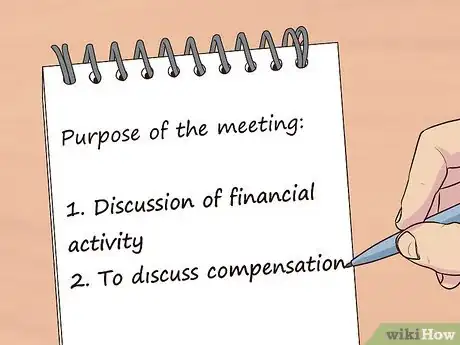

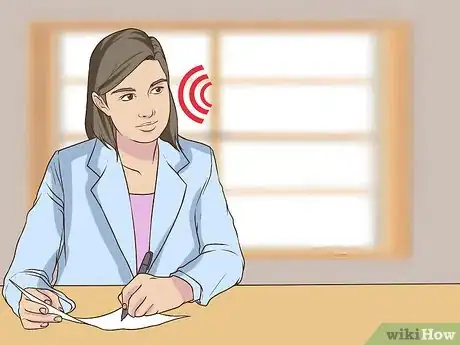
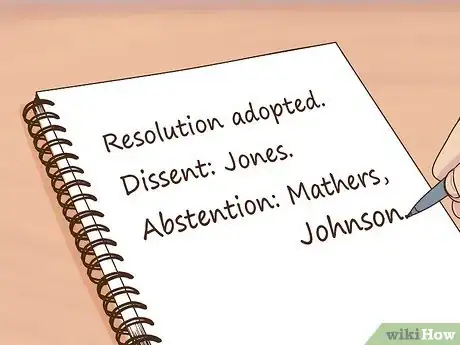

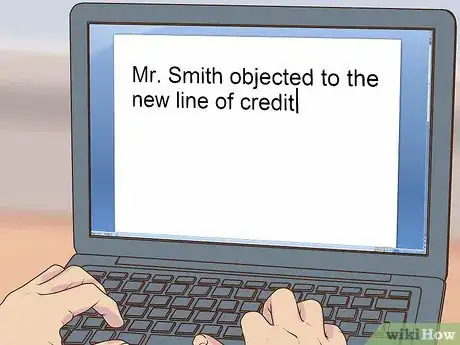
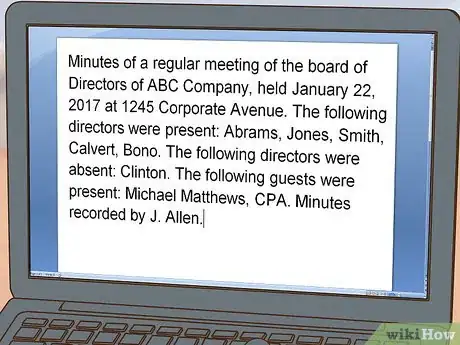



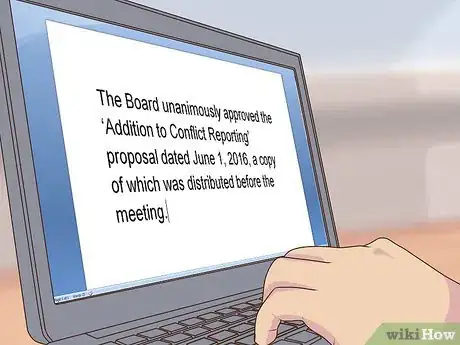

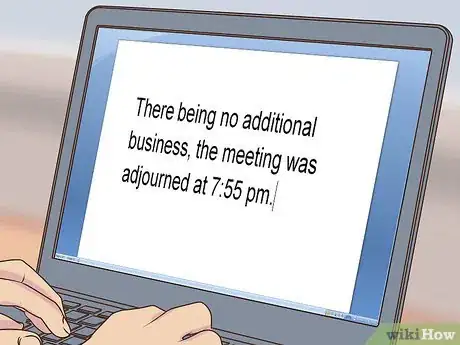



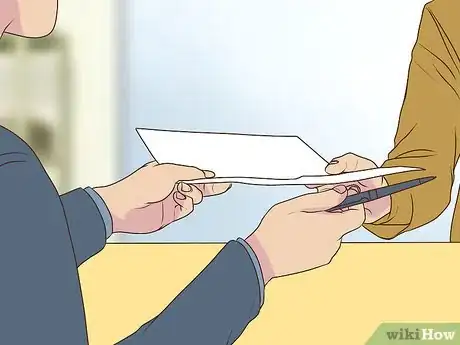

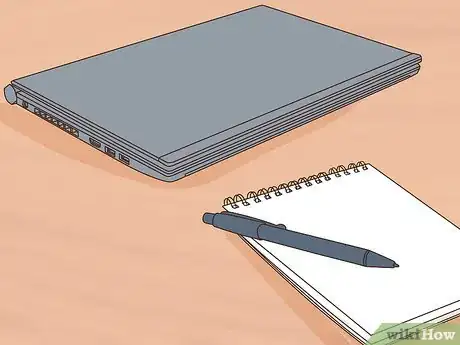



-Step-23.webp)






















-Step-23.webp)


































